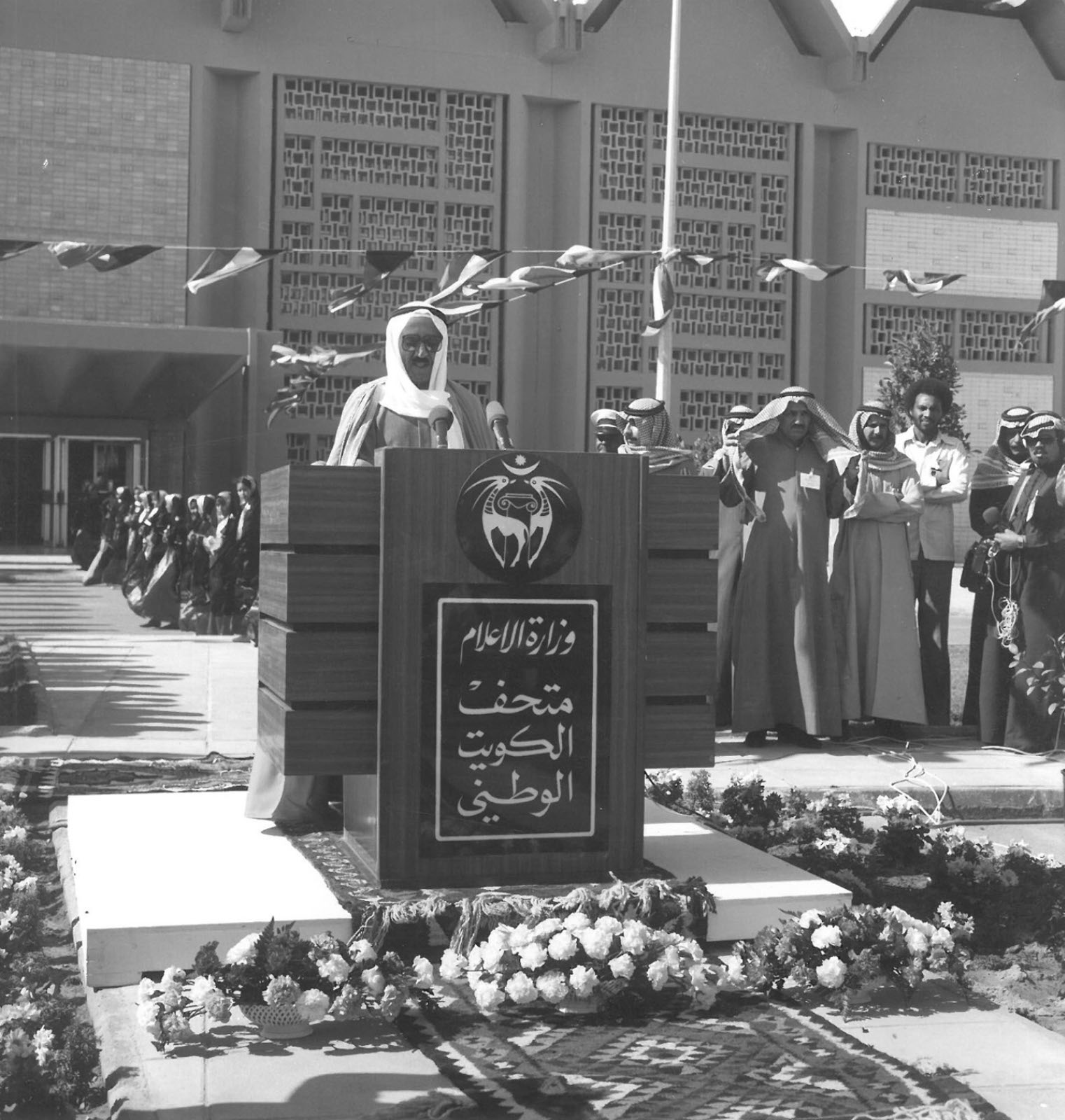
While our 30 year history starts in February 1983, work on the Dar al-Athar al-Islamiyyah actually began much earlier. One could argue it started two decades prior, when Sheikh Nasser Sabah al-Ahmad al-Sabah was entranced by the art he found around him while studying in Jerusalem. Or a decade earlier, when he began to collect art from the Islamic world and his wife, Sheikha Hussah Sabah al-Salem al-Sabah, embraced the growing collection. Perhaps late 1981is the best start date, as that is when Sheikh Nasser and Sheikha Hussah decided to transform their personal collection of art into a representative exhibition – presenting objects from the full geographic, chronological and media spread of art from the Islamic world.
In fact, Dar al-Athar al-Islamiyyah was launched on 25 February 1983 at the Kuwait National Museum. On that auspicious day, Kuwait’s National Day, 1200 objects previously “scattered in Europe and America and other distant parts” came home to the region that originally fostered them, giving those who live in Kuwait and visitors to the country the opportunity to see the products of their heritage, of the great civilization that is their past.
Accompanying the opening of the Dar al-Athar al-Islamiyyah was the publication of the exhibition catalogue “Islamic Art in the Kuwait National Museum: The al-Sabah Collection”, edited by Marilyn Jenkins. Jenkins, and Manuel Keene wrote portions of the text, outlining both the four chronological periods of Islamic art (Early Islamic Period, Early Medieval Islamic Period, Late Medieval Islamic Period, and Late Islamic Period) and the four basic characteristics of Islamic art. Michael Bates wrote the text relating to numismatics. Exquisite photographs of more than 130 objects from the exhibition were included in the book, illustrating depth and breadth of the collection.
The opening of the exhibition and the publication of the catalogue attracted visitors from Kuwait, the region and all over the world. Casual visitors came to see the new museum and the exhibition; scholars, to study various objects or periods or characteristics. Journalists and writers with an interest in culture also made the trip to visit the Dar al-Athar al-Islamiyyah and discovered not only a sensational new collection of art from the Islamic world, but also a side of Kuwait heretofore unseen.
In her introduction to “Islamic Art in the Kuwait National Museum: The al-Sabah Collection”, Marilyn Jenkins referred to the Dar al-Athar al-Islamiyyah as “a living collection” and predicted that it would “be augmented in years to come – its gaps filled, its weak areas strengthened, new masterpieces added. Thus, in time it will be even greater and more comprehensive” than it was that February 30 years ago. Her predictions have come to pass, as you will see in the pages of this book.
DAI opens at Kuwait National Museum
with 1200 objects in 10 galleries, representing the full
geographic, chronological and media spread of Islamic art through the 19th century
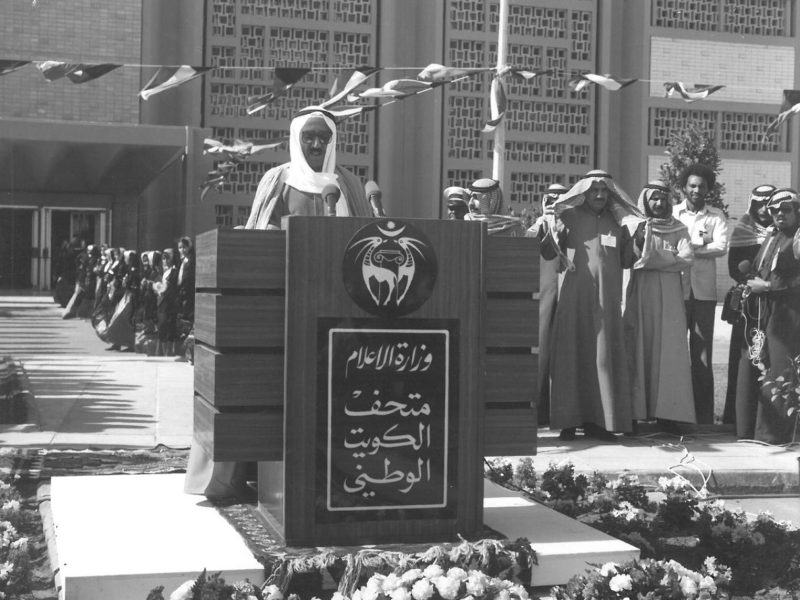
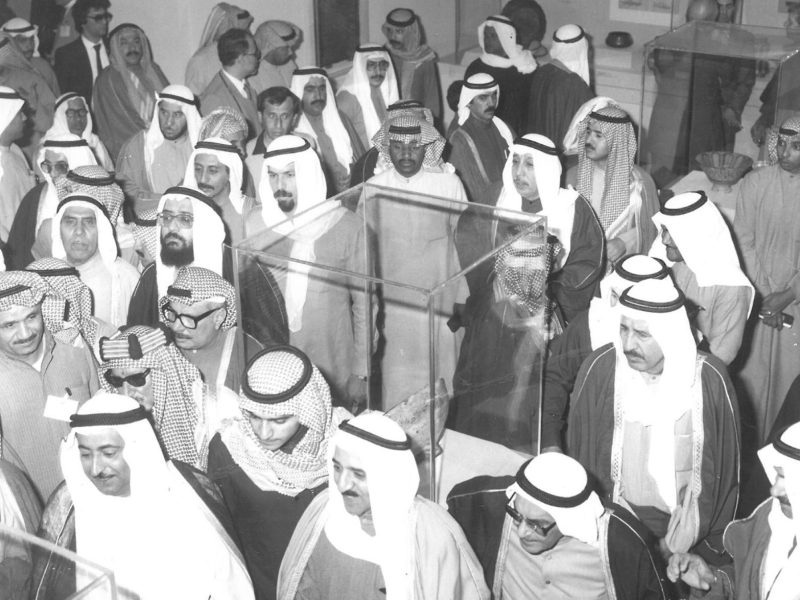
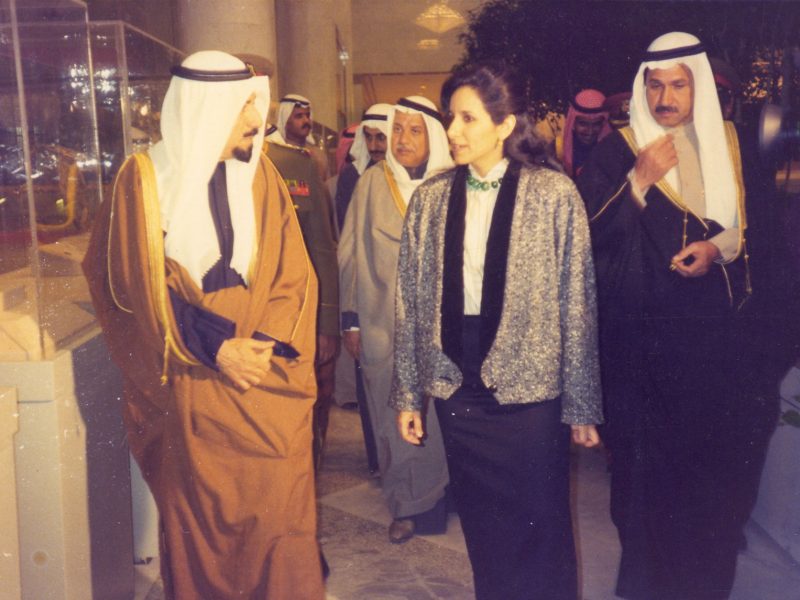
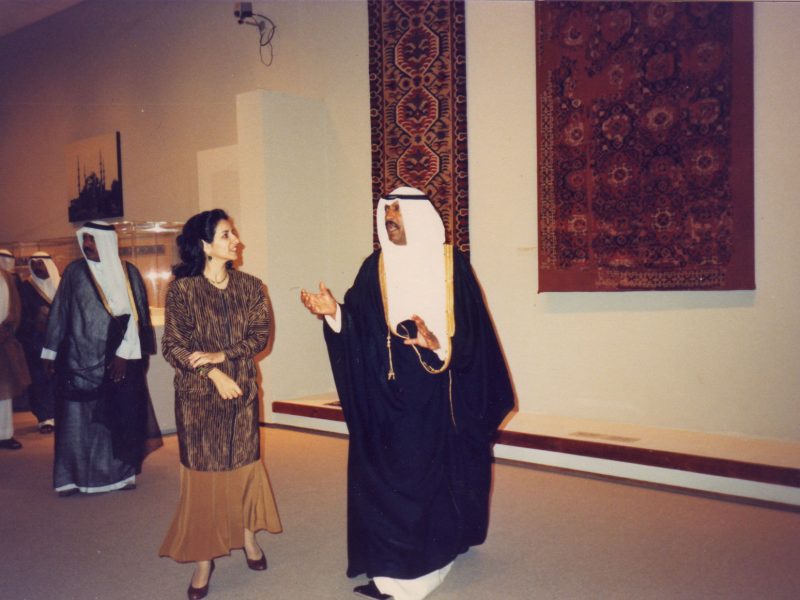
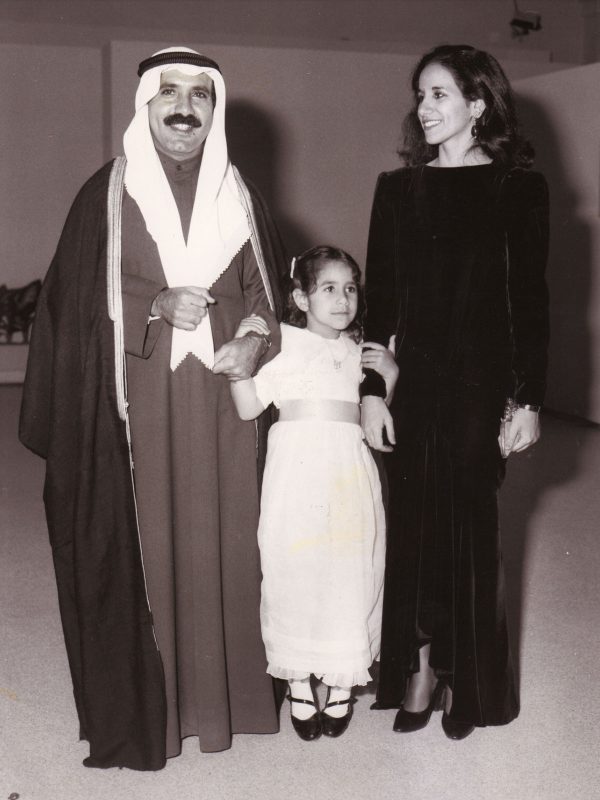
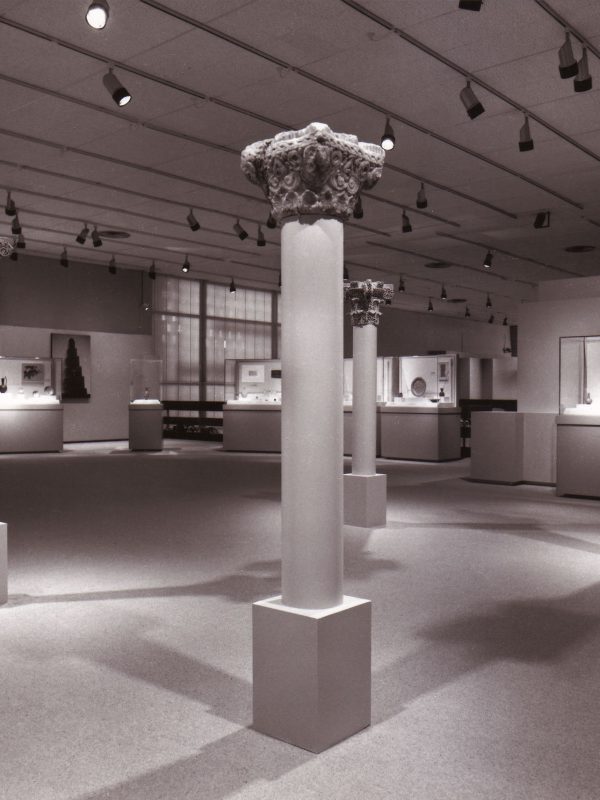
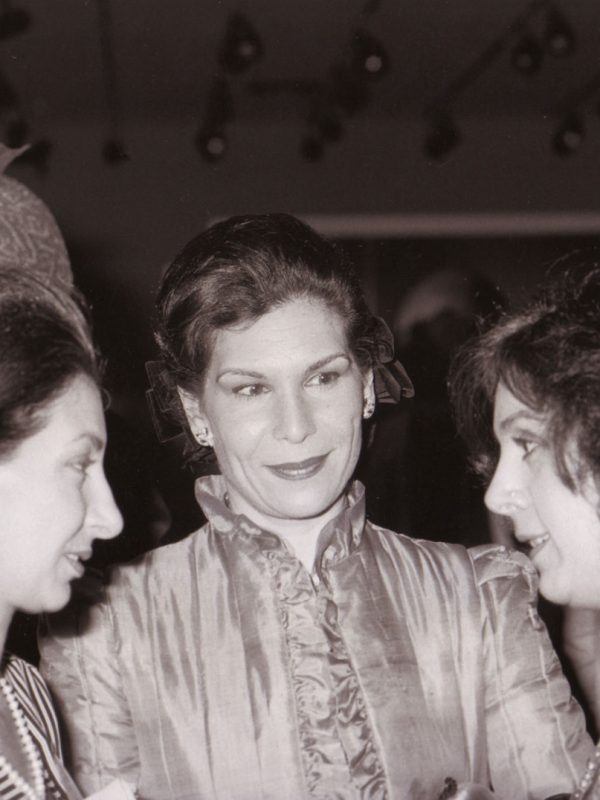
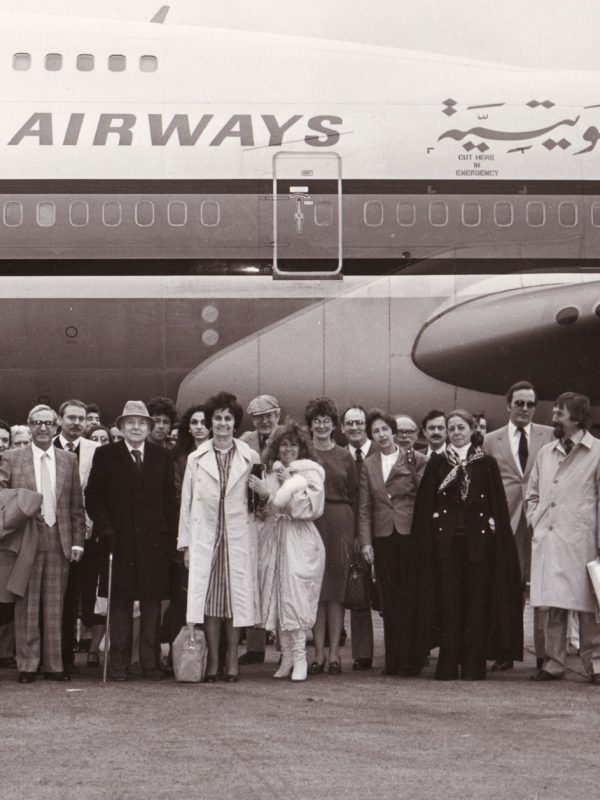
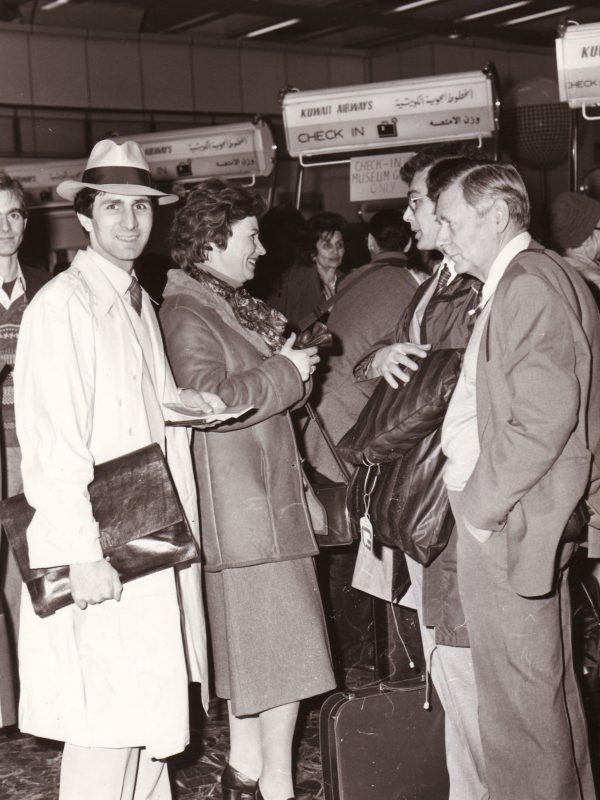
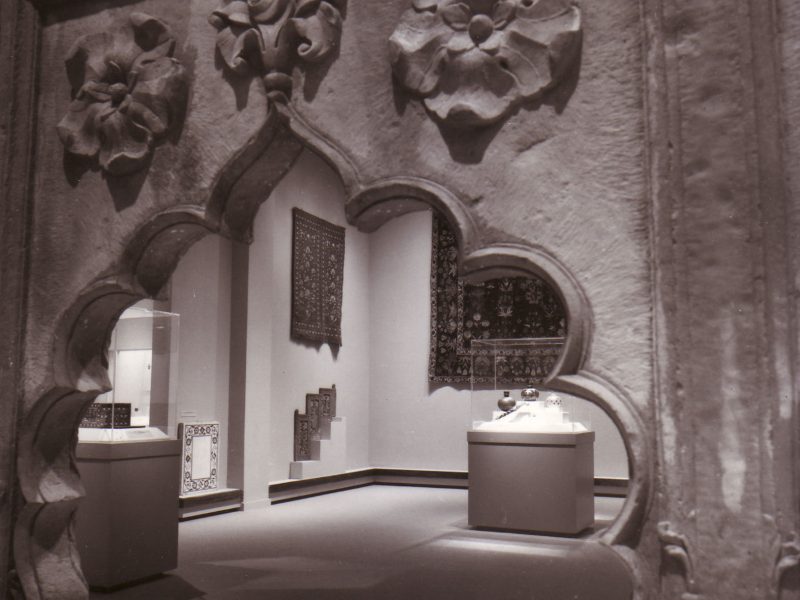
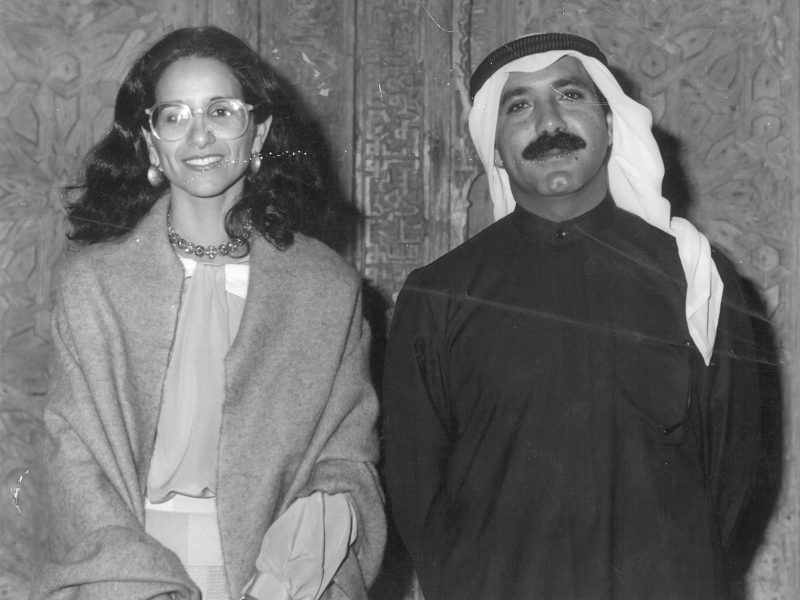
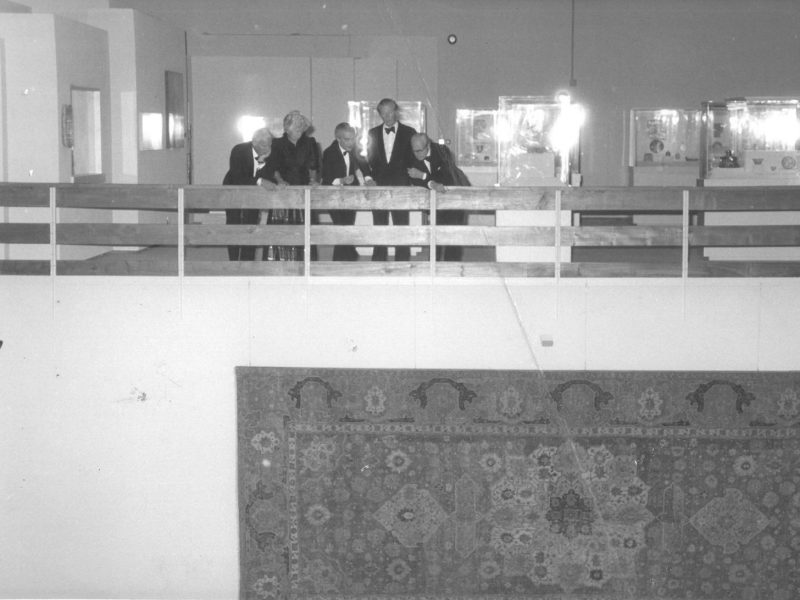
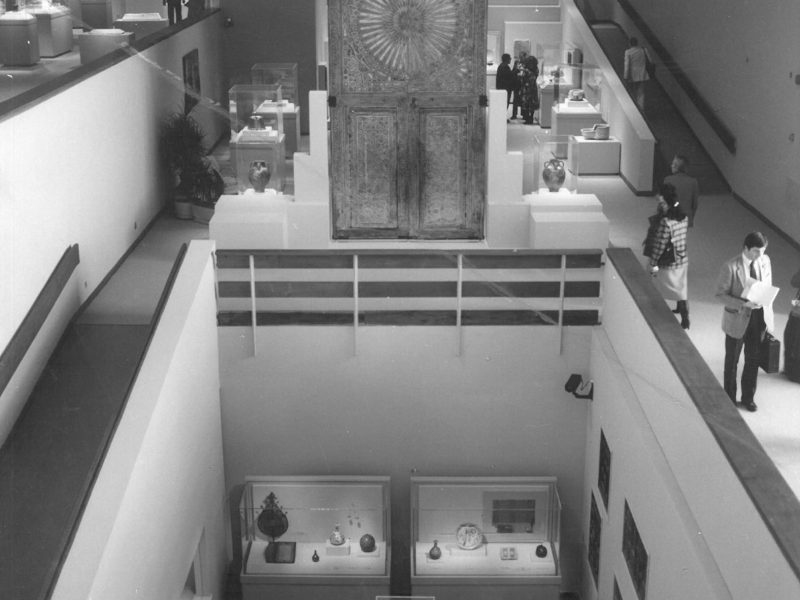
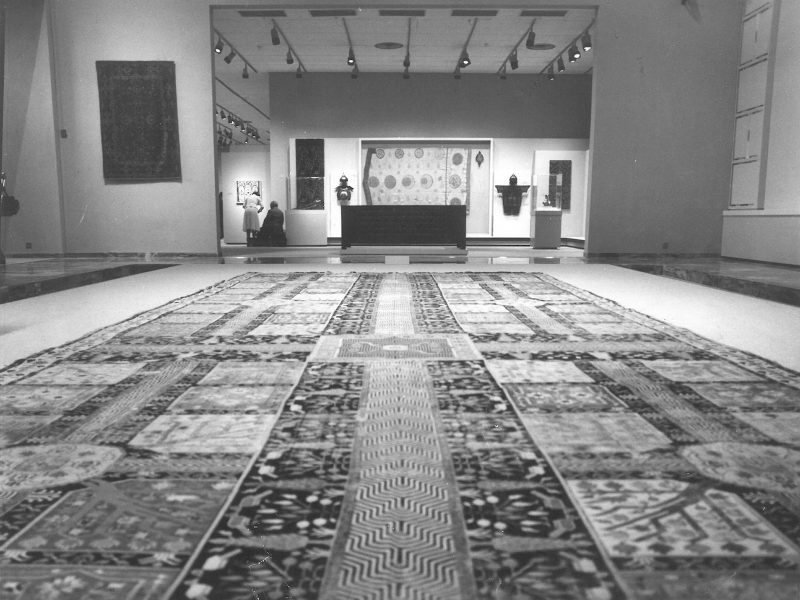
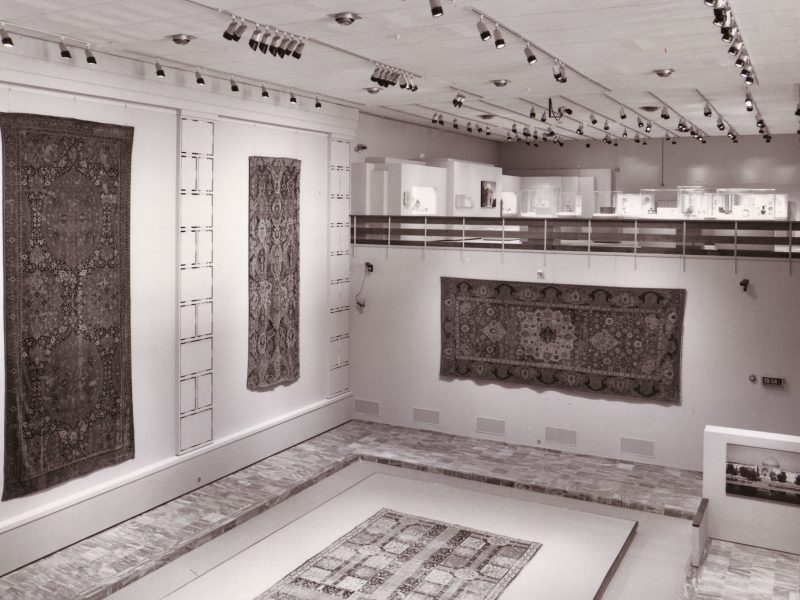
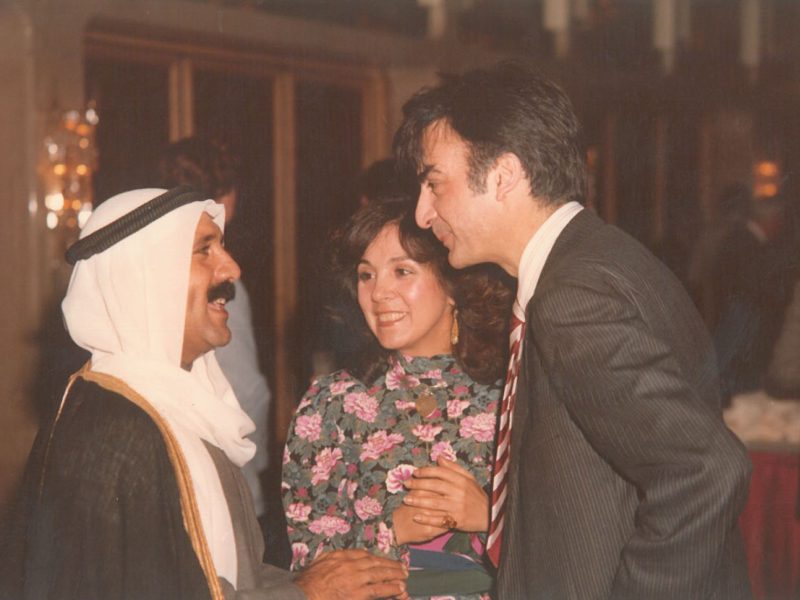
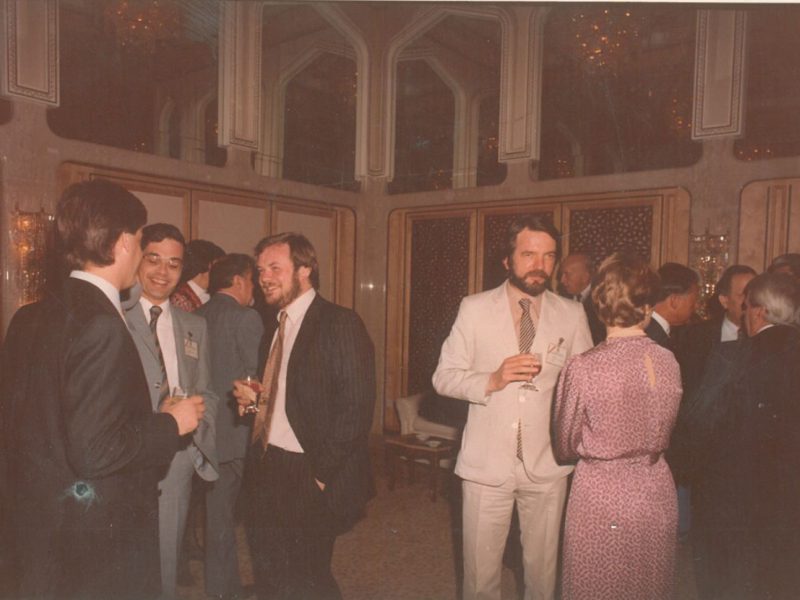
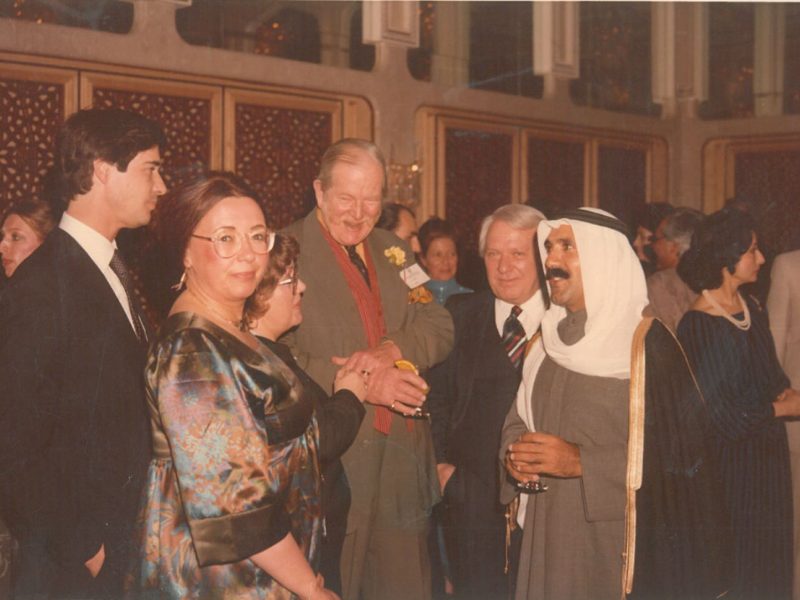

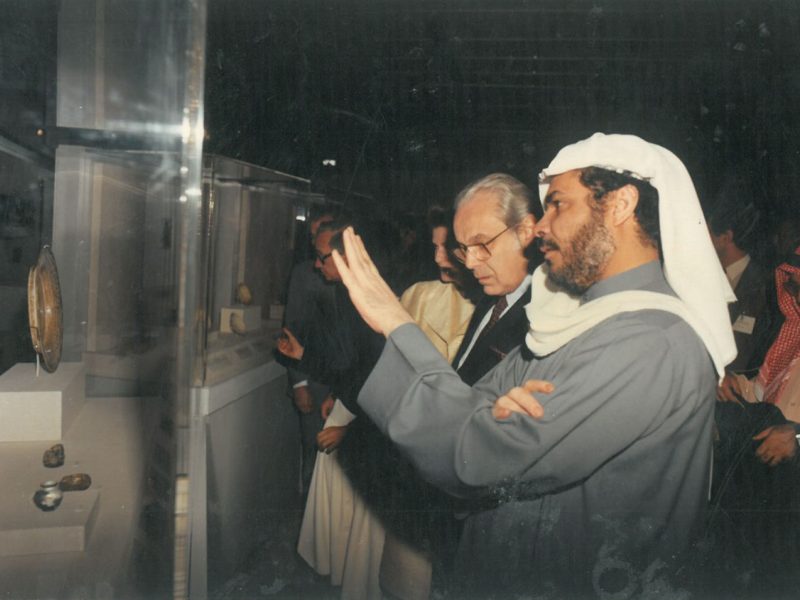
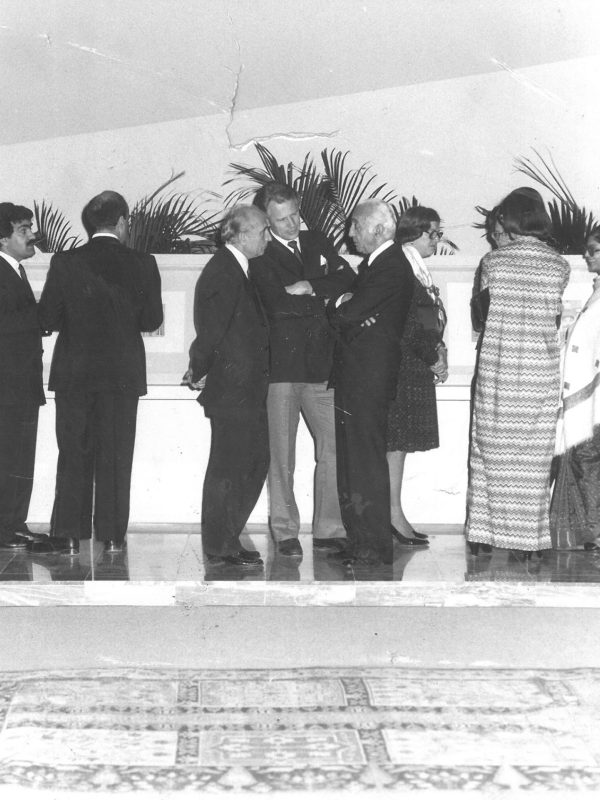
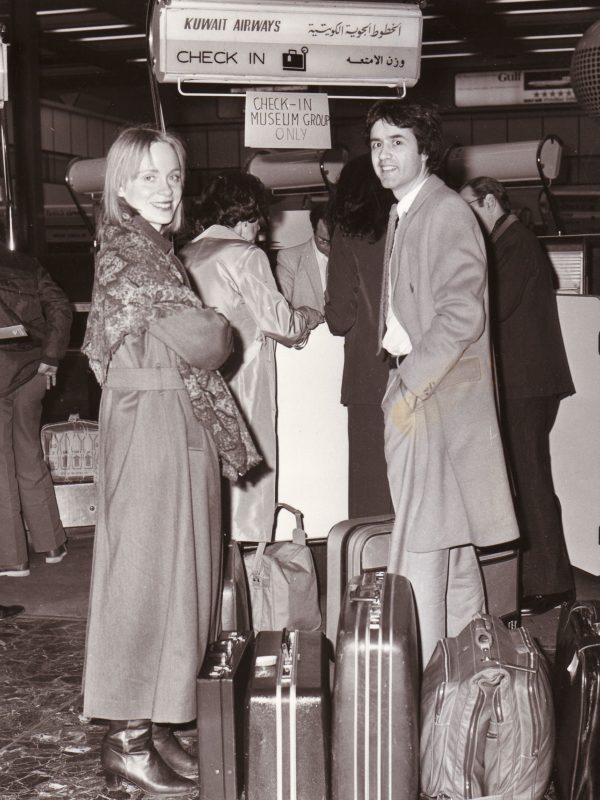
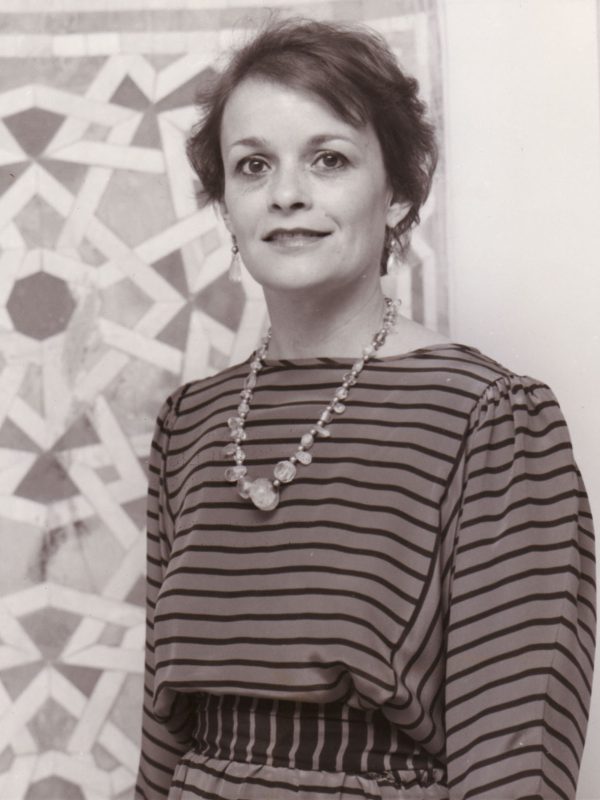
Islamic Art in the Kuwait National Museum
Marilyn Jenkins, editor
catalogue in Arabic and English
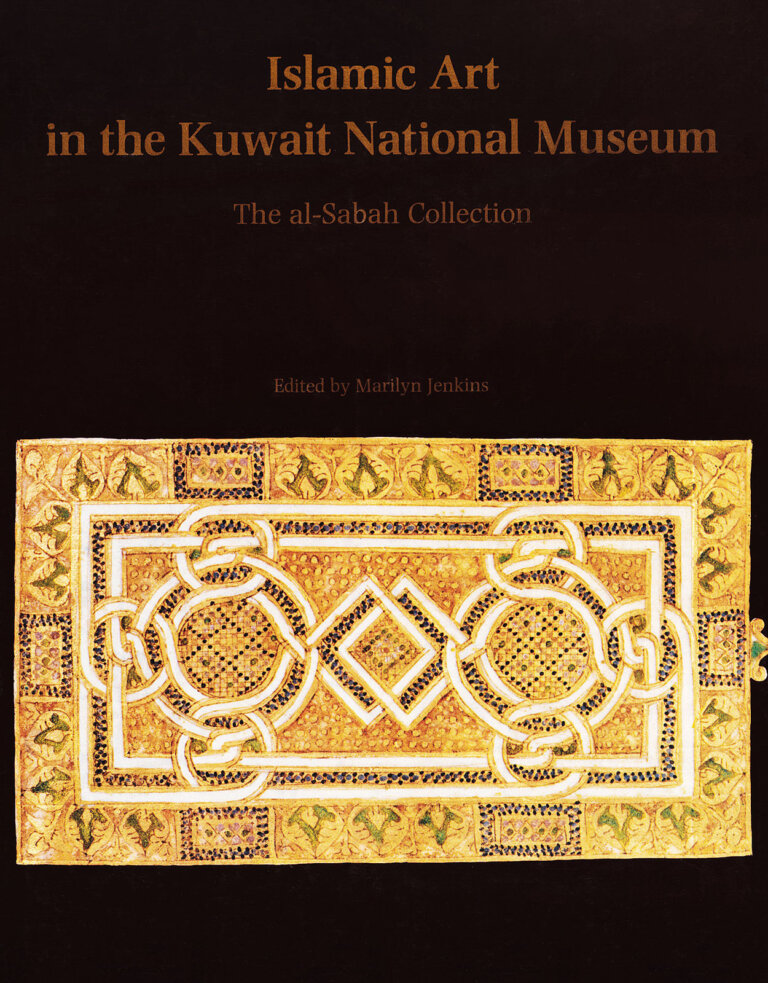
Kuwait National Museum Guide
in Arabic and English
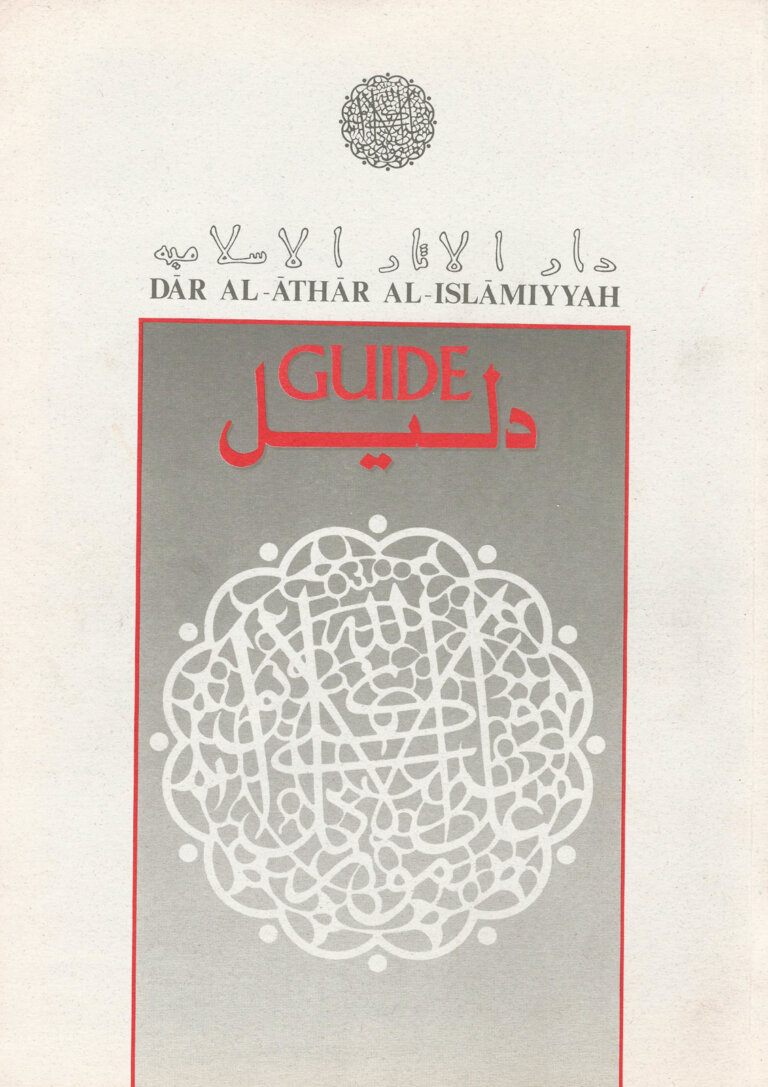
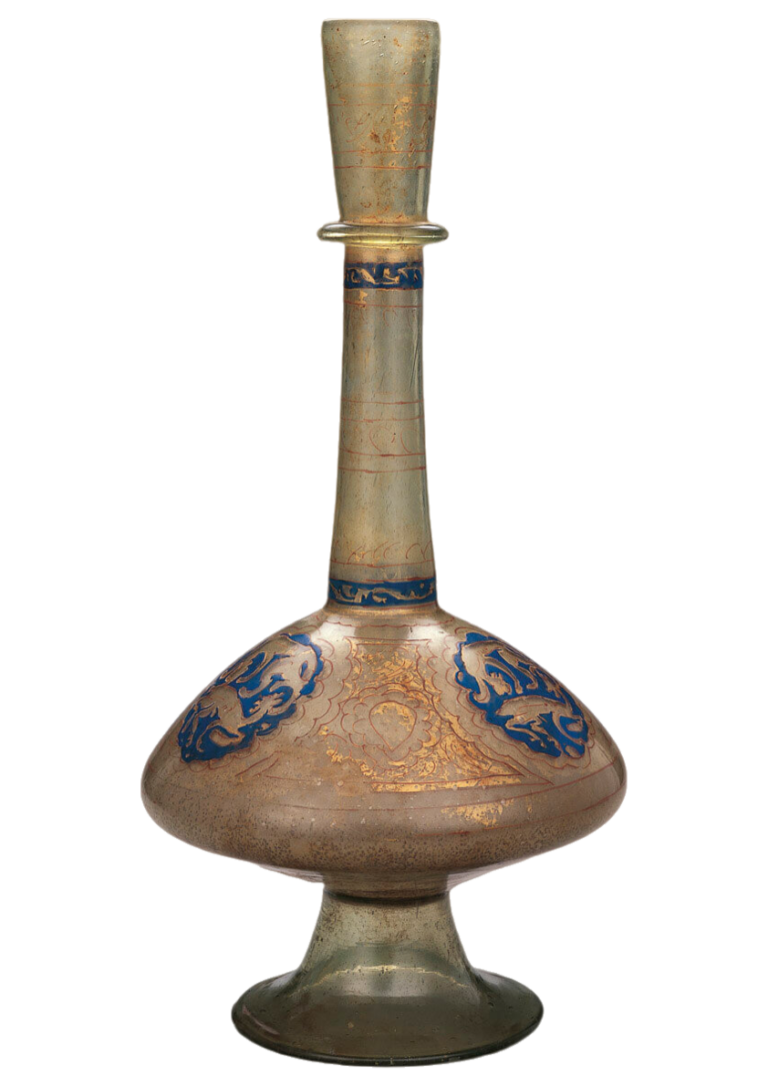
Subscribe to news about Dar al-Athar al-Islamiyyah and The al-Sabah Collection, Exhibitions, Courses and Events